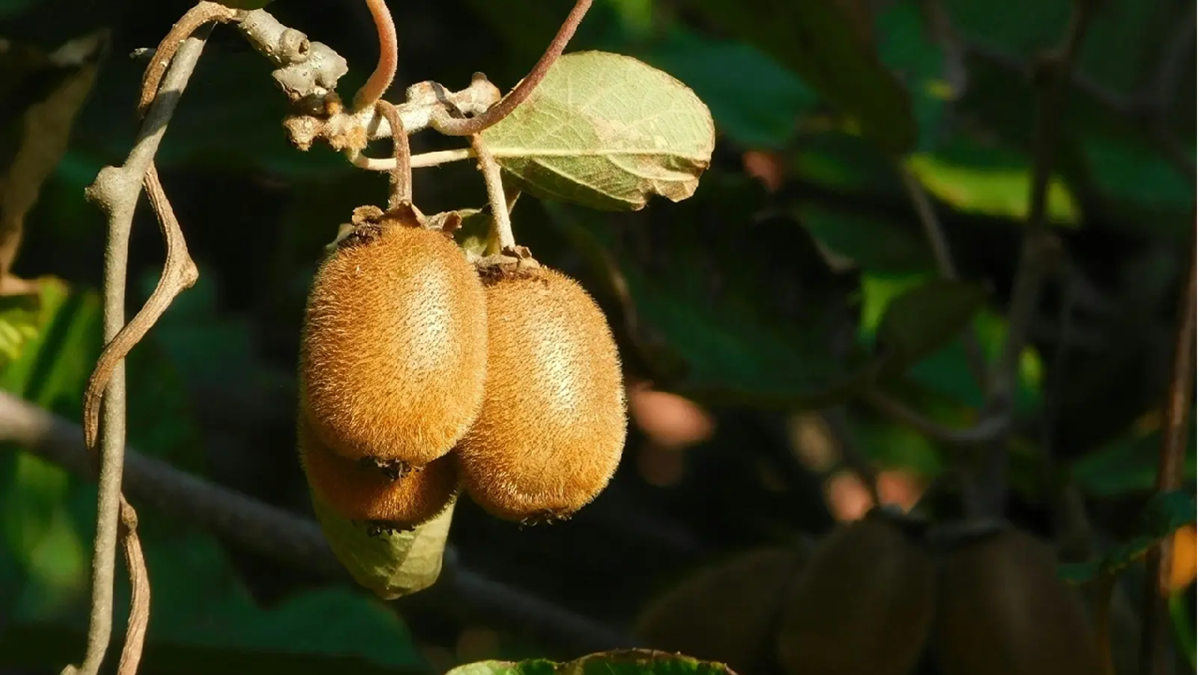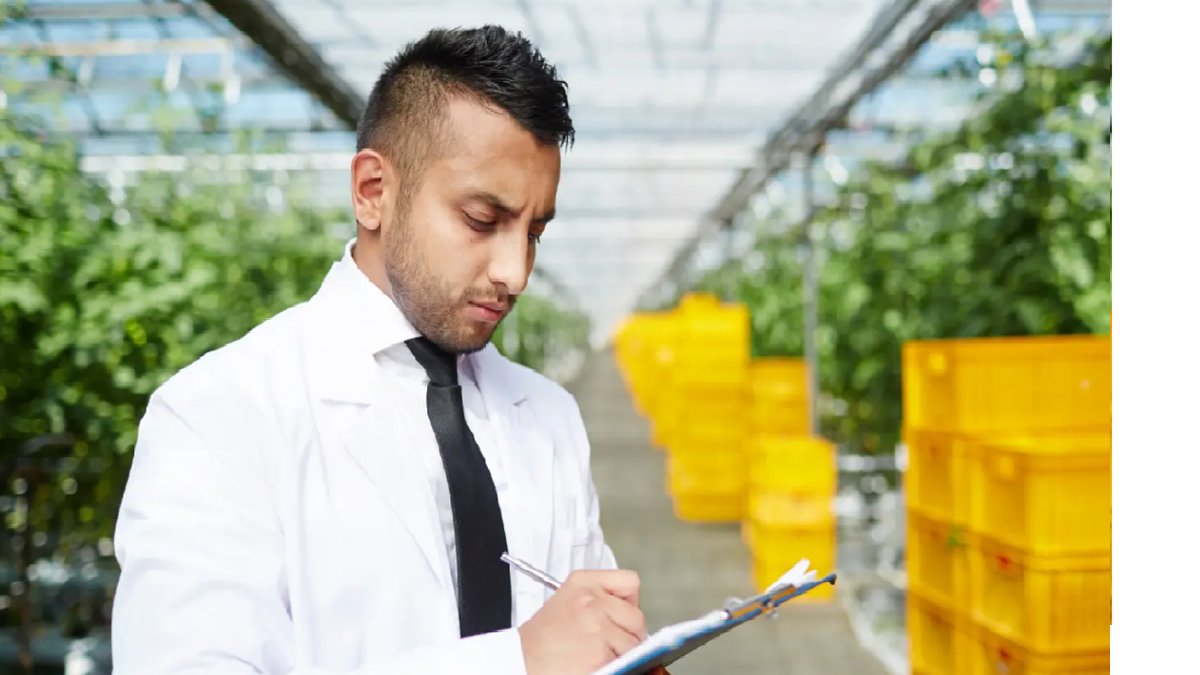Measurements
Answering common questions about Near-Infrared Spectroscopy (NIRS)
Near-infrared spectroscopy (NIRS) is an increasingly valuable analytical tool in agriculture. It involves measuring NIR radiation?s absorption and reflection patterns by various compounds in crops, fruits, soil, and processed foods. NIR spectroscopy provides rapid, non-destructive, and accurate measurements of several chemical and physical parameters, making it an essential tool for farmers and researchers. In this article, FELIX INSTRUMENTS will answer nine common questions about NIR spectroscopy and its applications in agriculture. 1. How does near-infrared spectroscopy (NIRS) technology work in agriculture, and what sets it apart from other analytical methods? Near-Infrared spectroscopy measures the photons released and absorbed by NIR interaction with different compounds in plants, food materials, or compost. The results can provide information on many chemical and physical parameters in crops, fruit, soil, and processed food.
07 June, 2023
Near-infrared spectroscopy (NIRS) is an increasingly valuable analytical tool in agriculture. It involves measuring NIR radiations absorption and reflection patterns by various compounds in crops, fruits, soil, and processed foods. NIR spectroscopy provides rapid, non-destructive, and accurate measurements of several chemical and physical parameters, making it an essential tool for farmers and researchers. In this article, FELIX INSTRUMENTS will answer nine common questions about NIR spectroscopy and its applications in agriculture. 1. How does near-infrared spectroscopy (NIRS) technology work in agriculture, and what sets it apart from other analytical methods? Near-Infrared spectroscopy measures the photons released and absorbed by NIR interaction with different compounds in plants, food materials, or compost. The results can provide information on many chemical and physical parameters in crops, fruit, soil, and processed food. While there are many other methods for quality testing, NIR spectroscopy is by far the easiest method used. It can be applied using handheld instruments that take thousands of daily measurements. Its ability to be used in the field increases the number of uses. NIR spectroscopy has the advantage of being swift, cheap, and accurate, with instruments like F-750 and F-751 in a price range affordable by even small farmers. Moreover, NIR analysis is environmentally friendly, as it involves no use of chemicals and entails no occupational hazard for farmers or laboratory personnel. It is, therefore, not surprising that it is replacing traditional analytical methods in agriculture and the food industry. 2. What are the primary applications of NIRS in agriculture, and how do they benefit crop production and management? Spectroscopys main use in agriculture is to measure the quality of commodities. The measurement results can provide information on many chemical and physical parameters in crops, fruit, soil, and processed food. NIR spectroscopy, which is a non-destructive technique, has several applications in agriculture: - Fertilizer application can be regulated by qualitative analysis of soil fertility and plant tissues. Here, the amount of soil nutrients, such as nitrogen, phosphorus, and organic matter, is quantified. Alternatively, the concentrations of the nutrients can be measured in leaf tissues to check for their absorption by the plants. If there is a need for more nutrients, the correct amounts can be applied. - Irrigation schedules can be optimized by determining moisture content in soil through NIR analysis. Irrigation can be provided to maintain crop health and prevent excess water use. - Harvest time can be determined by measuring fruit ripeness or quality. This is done by measuring different compounds and the water content of the fruit. For example, 1) The F-750 Produce Quality Meter measures total soluble solids, dry matter, acidity, and the internal and external color of many fruits, such as apples, grapes, kiwis, mandarins, mangos, pears, and persimmons, to provide information that determines if the fruit is ripe enough to harvest. 2) The F-751 Avocado Quality Meter is specially designed to measure ripeness based on dry matter content, allowing harvests to be scheduled. 3. How does NIRS contribute to precision agriculture, and what are some specific examples of its role in optimizing crop yields? NIRS (Near Infrared Spectroscopy) is a non-destructive, rapid, and precise technique that measures chemical compounds in plant leaves, stems, and fruits. In precision agriculture, NIRS can contribute by providing real-time information about the nutrient status of crops, which can be used to adjust fertilizer application rates and timing. Using NIRS, farmers can optimize the amounts and timing of inputs, such as fertilizers, irrigation, and treatments for weeds, pests, and diseases, to provide optimal plant growth conditions. This results in reduced investments, less wastage and pollution in the air, soil, and water, and ultimately increased crop yields. For example, NIRS can measure plant tissue nutrient content, allowing farmers to decide when and how much fertilizer to apply. In addition, NIRS can also be used to monitor the quality of fresh produce at all stages of the supply chain, ensuring that only high-quality products are delivered to the market. Overall, NIRS plays a crucial role in precision agriculture by providing farmers with real-time, accurate information about the nutrient status of crops, which can help optimize input usage and ultimately increase crop yields. 4. Can NIRS be effectively integrated with other advanced technologies, such as drones or IoT devices, to enhance data collection and analysis in agricultural settings? Yes, Near-Infrared Spectroscopy (NIRS) can be effectively integrated with advanced technologies, such as drones and IoT devices, in agricultural settings to enhance data collection and analysis. Drones equipped with NIRS sensors can be used for precision agriculture, enabling rapid, non-destructive, and high-resolution monitoring of crop health and nutrient status (Maresma et al., 2019). Similarly, IoT devices can help collect and transmit NIRS data in real-time to facilitate timely decision-making for crop management (Kandpal et al., 2020). These integrations help improve crop yield, save resources, and minimize environmental impacts. 5. How do NIRS-based portable devices compare to traditional laboratory-based equipment regarding accuracy, cost, and ease of use for agricultural professionals? NIRS-based portable devices offer several advantages compared to traditional laboratory-based equipment for agricultural professionals. Portable NIRS devices generally have comparable accuracy to their laboratory counterparts, making them suitable for field applications (Rady et al., 2020). They are often more cost-effective, as they require less infrastructure and maintenance. Furthermore, portable NIRS devices are easier to use, as they can be operated directly in the field, providing real-time data and reducing sample transportation and handling (Huang et al., 2018). However, it is essential to recognize that some applications may still require laboratory-based equipment for more accurate and reliable results. 6. What challenges and limitations are faced by NIRS technology in agriculture, and how can they be addressed to improve its adoption and effectiveness? Some of the challenges and limitations faced by NIRS technology in agriculture include the following: 1) Sensitivity to external factors: NIRS measurements can be affected by environmental factors such as moisture, temperature, and soil composition, which may introduce variability in the results (Rady et al., 2020). Developing robust calibration models and algorithms can help address these issues. 2) Calibration and validation: NIRS models require extensive calibration and validation using reference data, which can be time-consuming and costly (Rady et al., 2020). Collaborative efforts among researchers, industry, and end-users can help generate and share large reference datasets for model development. 3) User training: Proper use of NIRS devices requires training, especially for non-expert users. Providing clear instructions, user-friendly interfaces, and ongoing technical support can help improve the adoption of NIRS technology. 4) Integration with other technologies: Combining NIRS with other sensing technologies (e.g., multispectral or hyperspectral imaging) can improve the accuracy and robustness of data collected for agricultural applications (Maresma et al., 2019). Further research and development can help create more effective integrated systems. 5) Standardization: The lack of standardized protocols for NIRS data collection, processing, and analysis can limit the comparability of results across different studies or devices. Developing and promoting standardized methods can help overcome this limitation.












